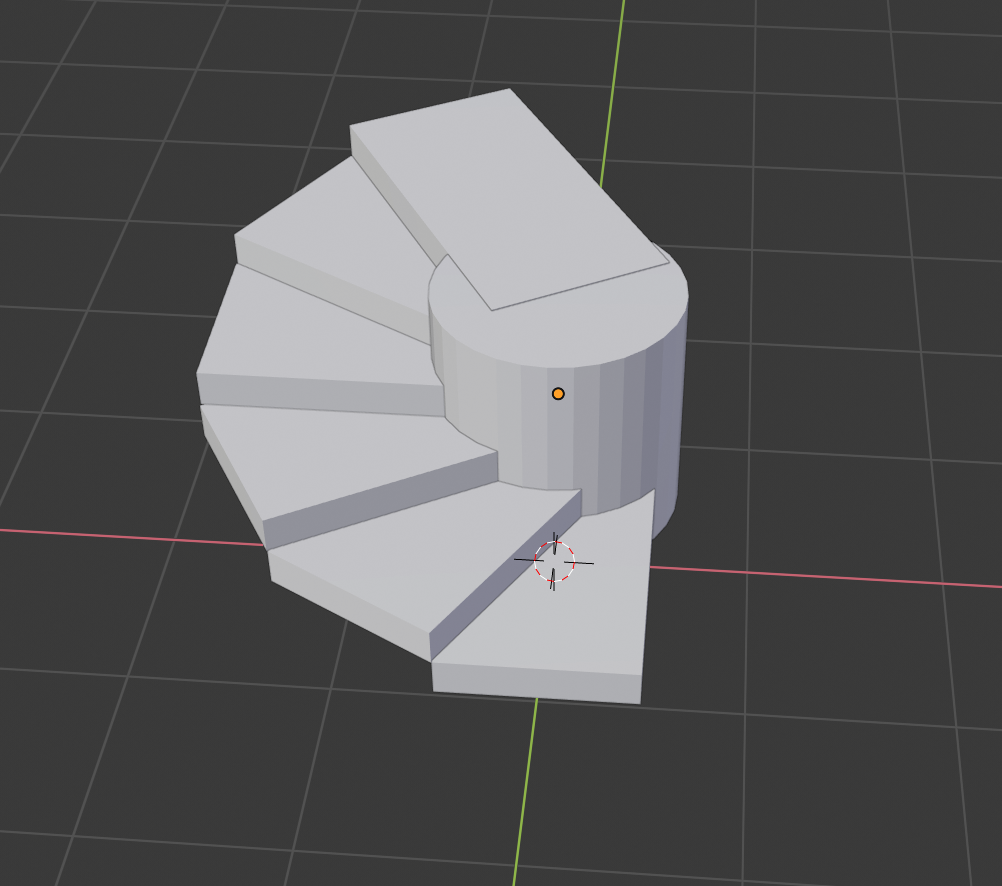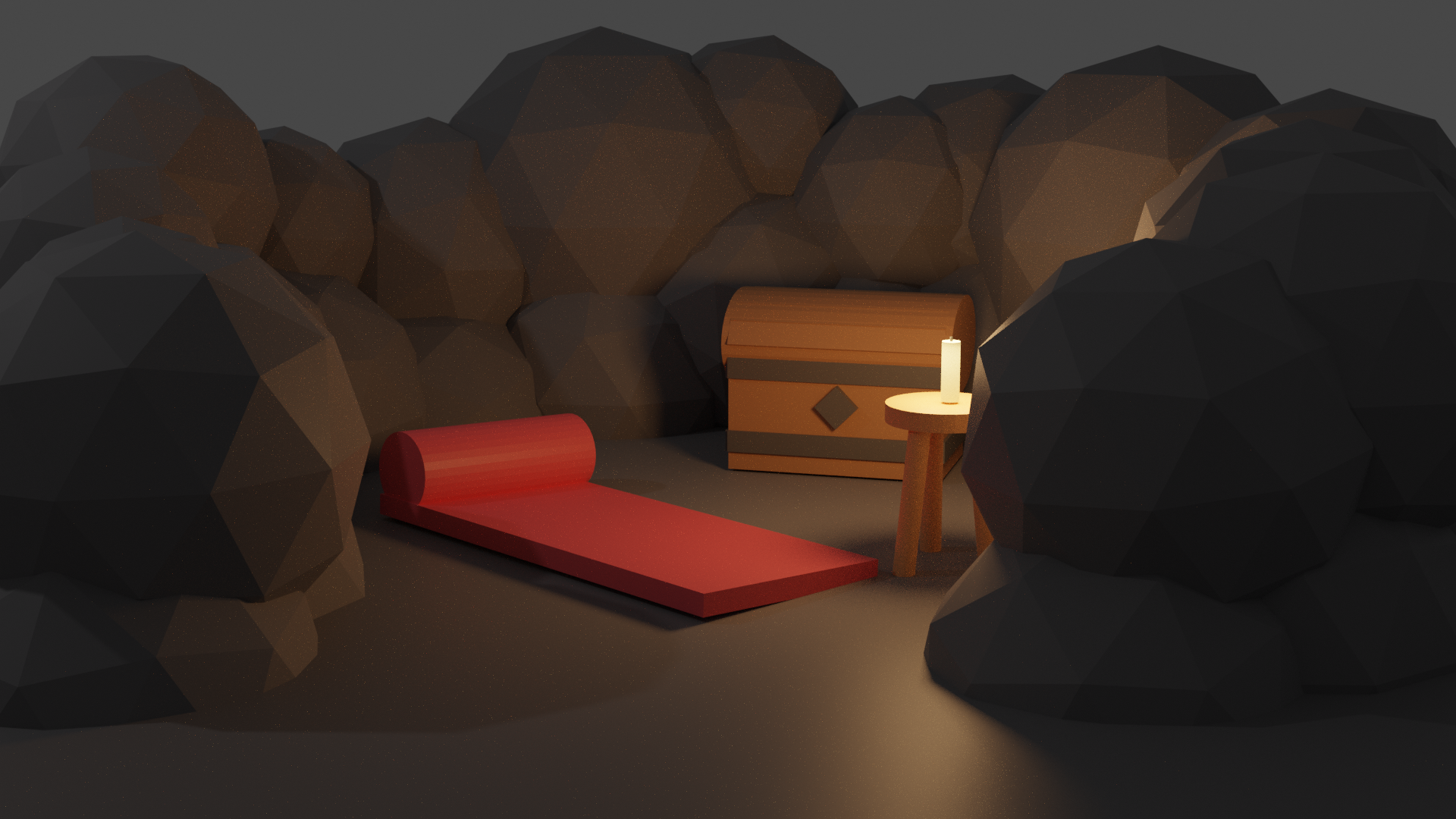Hey, team.
If you scroll back far enough, you’ll notice that I don’t exclusively blog about D&D here. I’ve talked about other projects too, like ideas for card games and whatnot. Today is one of those days where I’m blogging about something that has little to do with D&D: video game development, specifically modelling.
I recently had this idea for a game which I was hoping to make using my normal web development tools (Ruby, HTML, etc). That didn’t seem likely after I got a few thousand words into what I’d loosely calls the spec for the game; I’d need a 3d world with depth – literally – that you could dig through to get to lower layers of minerals and ores. Think Minecraft and other block-based games. The webstack doesn’t seem like the right tool for the job.
I did a tutorial for Unity, but then quickly realised that my blocker is actually going to be making 3d objects. I’m not an artist by any means. I’m bad at drawing. In the 3d world though, I’ve been a fan of ThinMatrix for a long time and his uncomplicated geometric animals seem like something I could pick up.
I picked up a udemy course on Blender. I’m so thankful that it goes through rather slowly. It only drips new features on you at a speed that I’m really pleased with. I started with building simple objects like this set of stairs. You can see the crudeness of the transformations here: it’s just a cylinder with some rectangles rotated around it.

Then I learnt how to add colour to each of the meshes (shapes).

And most recently I’m really proud with this little scene I put together, making use of light and a better rendering engine.

Today I’ve been working on editing vertices, faces, and edges. This is where I can start to break away from simple primitive shapes and get into more complex wedge shapes and whatnot.
I tried making a 3d model of my house, but very quickly got annoyed by trying to replicate the ramp of our driveway. Maybe tomorrow I’ll be more patient with it.